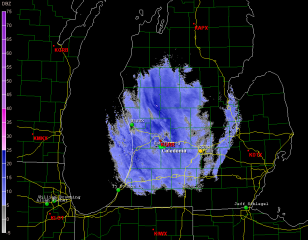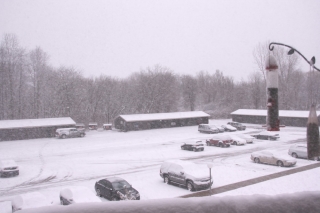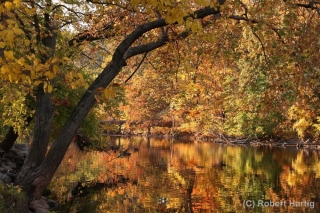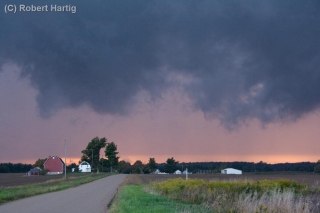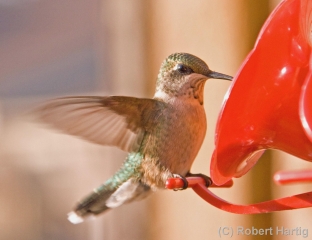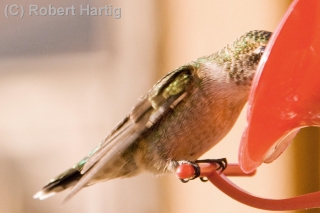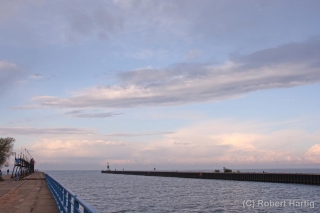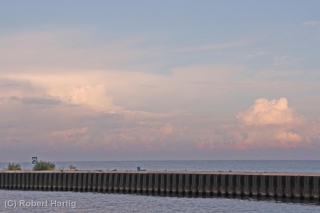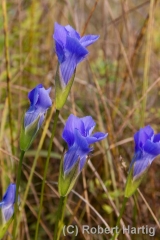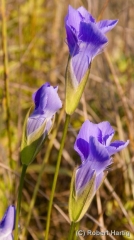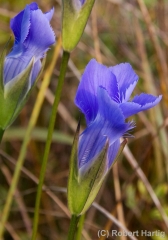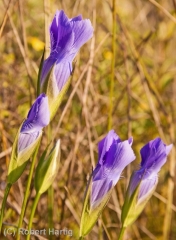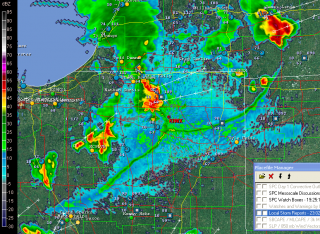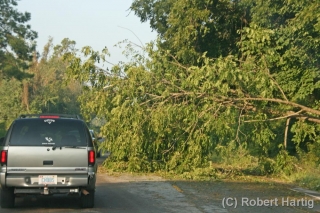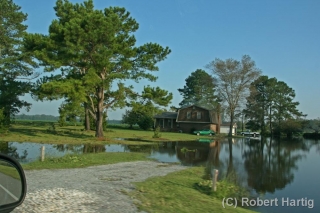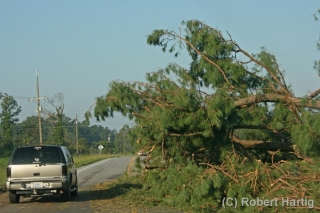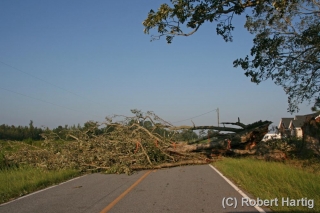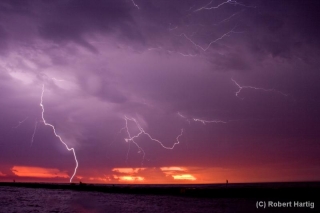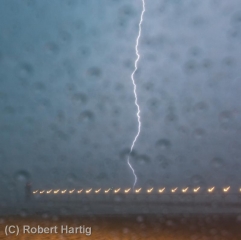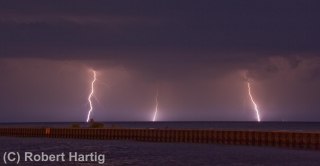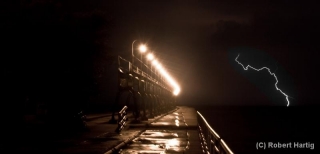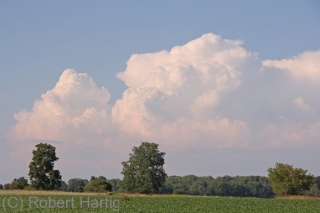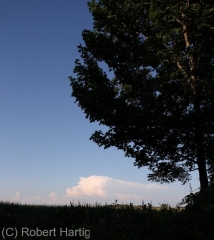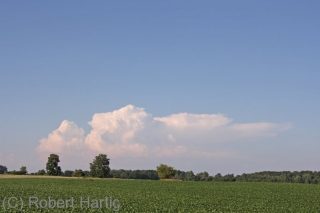I don’t normally let so much time elapse between posts, but…
- • I’ve been hugely focused on an editing project; and
- • I sprained my ankle a few weeks ago, greatly curtailing my activities; plus
- • this has been an abnormally warm, largely snowless winter thus far; and so, adding everything together
- • I haven’t had much to write about.
But that has changed with the arrival of this latest winter storm, which I am live-streaming on iMap even as I write. Here’s what it looks like on the radar as of around 9:20 a.m. (Click on the image to enlarge it.) A little farther down the page is a corresponding view from my balcony here in Caledonia, Michigan. Let’s put it this way: it’s not very pleasant outside.
The Grand Rapids weather office has this to say:
...WINTER WEATHER ADVISORY REMAINS IN EFFECT UNTIL 7 PM EST THIS EVENING... HAZARDOUS WEATHER... * SNOW WILL CONTINUE TO FALL ACROSS THE AREA INTO THIS MORNING BEFORE TAPERING OFF. SOME LOCAL POCKETS OF HEAVIER SNOW WILL BE POSSIBLE AT TIMES. * STORM TOTAL SNOW ACCUMULATIONS OF 3 TO 6 INCHES ARE EXPECTED THROUGH 7 PM FRIDAY EVENING...WITH LOCALLY HIGHER AMOUNTS POSSIBLE. * SOME WIND GUSTS OF UP TO 30 MPH WILL CAUSE SOME BLOWING AND DRIFTING SNOW LATER TODAY.
The updated aviation forecast includes this addendum:
AREAS IN THE WARNING WILL SEE 5 TO 8 INCHES WITH SOME AMOUNTS UP TO 10 INCHES POSSIBLE.
Latest station ob at GRR shows a temperature of 27 degrees. That’s not at all horrible for this time of year in Michigan. What we’re getting is actually standard fare. But that’s not to make
light of it. Conditions certainly aren’t balmy, and a 20-knot northwest wind doesn’t help. This is a great day to be inside. It’s times like now when the benefits of working at home become strikingly apparent. No scraping ice off the windshield of my car. No driving down icy roads. Just a manuscript to edit while catching glimpses of the birds swarming the feeder against a backdrop of windblown snow.Life’s good things aren’t necessarily pricey. I’m content with a cuppa joe, a warm apartment, my work in front of me, and a pretty landscape outside the window with the snow piling up. From the looks of it, we’ve got around four inches right now. Bring on the rest of it. I’m not going anywhere.
